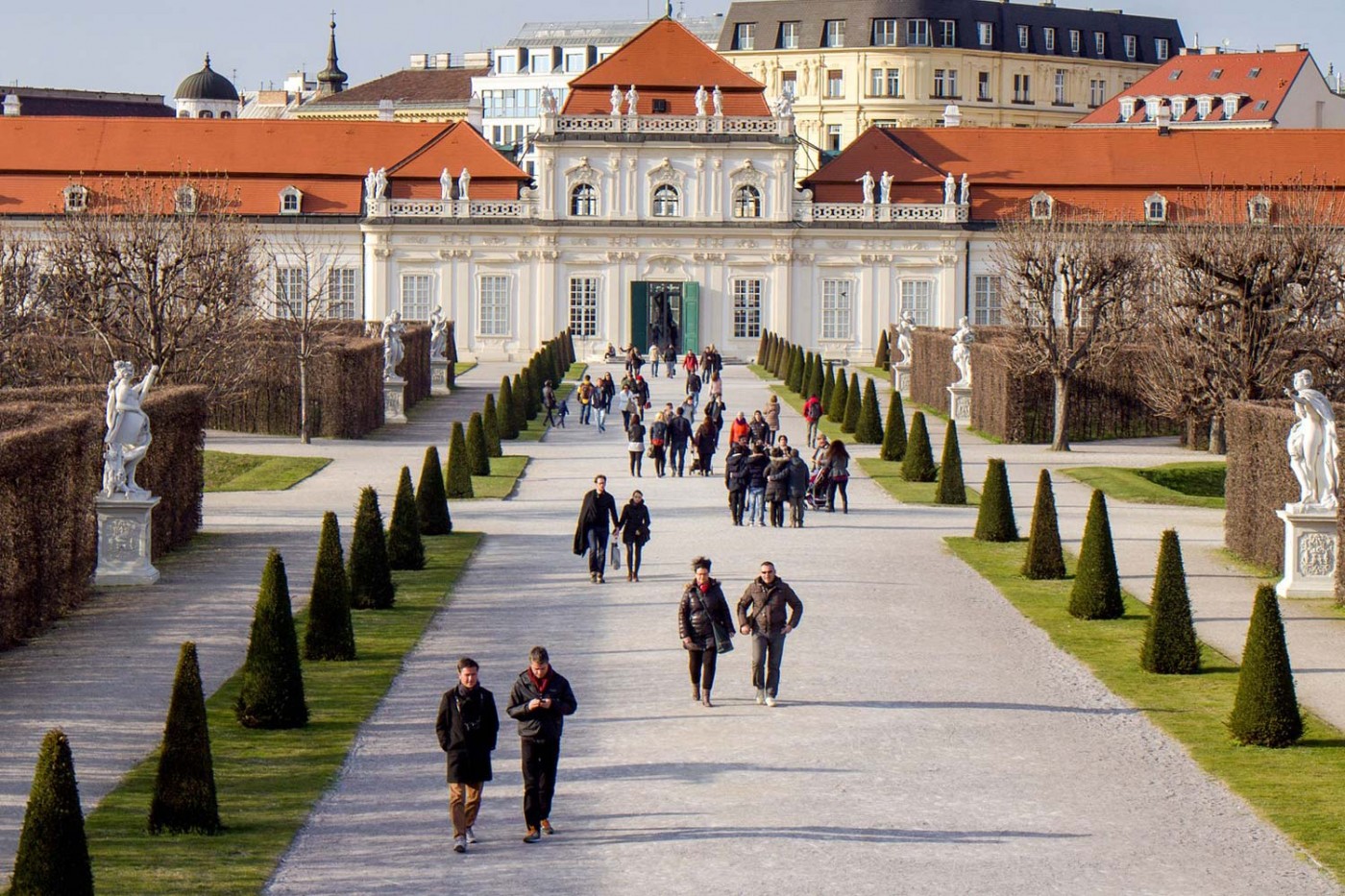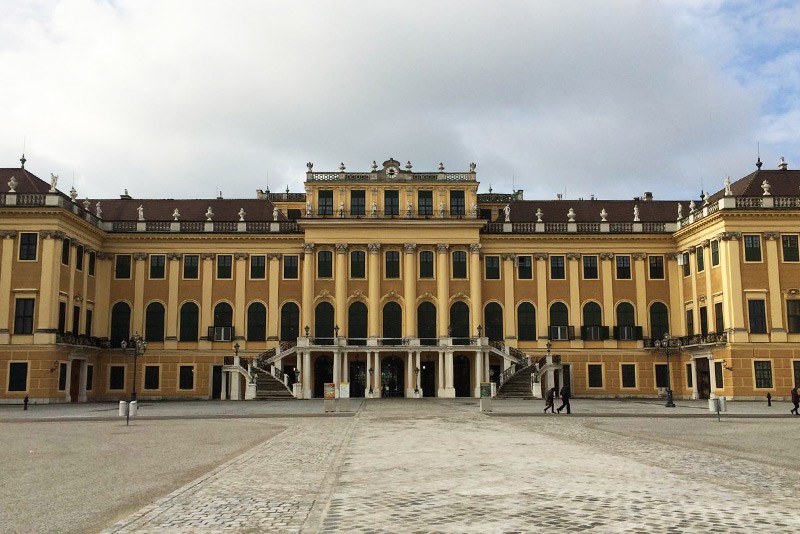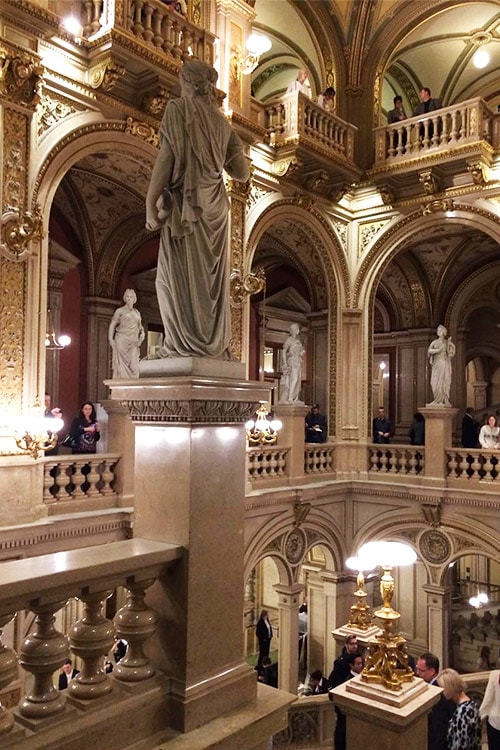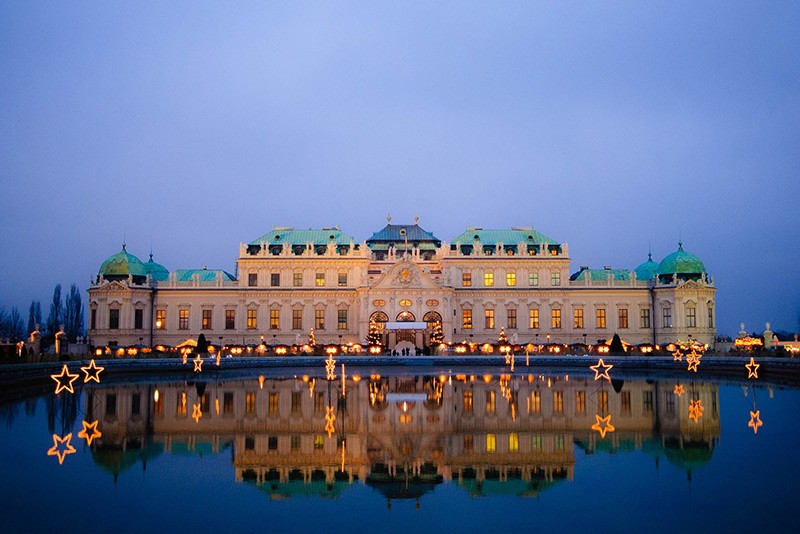Vienna: Europe’s Cultural Capital That Leaves You Breathless
It is hard not to fall in love with Vienna. Consistently ranked one of the most liveable cities by the Economist Intelligence Unit and Mercer, this city boasts a rich heritage of music, art, culture and architecture. On a recent three day visit, and after digesting much information on what to do, see and indulge, I found that I had too little time to truly enjoy the city. Nevertheless, this list of five places to see and experience hopefully captures the essence of Vienna.
Schönbrunn Palace
UNESCO-listed Schönbrunn Palace is the top tourist attraction of Vienna. The 1441-room Baroque–styled palace was previously home to many Hapsburg monarchs who ruled Austria and was also considered one of Europe’s most stunning Baroque structures. The longest-reigning and last Emperor, Franz Joseph, was born in the palace. After his death in 1916, the palace became a museum.
Arrive early before opening hours so that you can take a panoramic shot of the facade of the palace, minus the hordes of tourists due shortly. There are various tour packages offered onsite to view the staterooms and private apartments. These range from 40 minutes to a full day tour. Although 40 rooms are open for viewing, one can still appreciate and imagine the lifestyle of the Hapsburg royalty by admiring the ornate decorations and the artefacts on display.
Another plus point about a trip to the palace is the chance to walk around the sprawling estate of manicured gardens dotted with sculptures. There is even a maze and the impressive Palm House, a huge greenhouse which hosts many exotic plants and hundreds of butterflies. Then there is the imposing Neptune Fountain, sculpted based on Greek mythology.
Vienna State Opera (Staatsoper)
You are spoilt for choice when it comes to musical performances. You will be accosted by promoters who usually hang around popular tourist spots like Stephansplatz, the city square, trying to interest you to attend a Mozart or Strauss performance at some musical hall. If you have time for only one performance, pick a concert or opera staged at the Vienna Opera House. This is after all the most prestigious opera house in the world. Every year it is the venue for the famous Vienna Opera Ball, where 180 debutants will waltz gracefully in front of the city’s high society sitting in the wings of the performance hall.
When you enter the opera house you will be wowed by the marble staircase that sweeps up to the first floor and the statutes that line the sides. The opera house stages performances 300 days a year. On any given day, there is bound to be an opera or a concert that will appeal to you.
Museums
There are more than 100 museums in Vienna. So one has to be selective. The Natural History Museum of Vienna is a treasure trove of exhibits, displays and collections of mammals, insects, and minerals packed into 40 exhibition halls. You could spend days here without getting bored. It has the oldest and largest collection of meteorites, dinosaur fossils and carcasses of extinct mammals. Little wonder, it attracts half a million visitors annually.
Facing the Natural History Museum across the Maria-Theresien-Platz is the Kunthististorisches Museum (Art History Museum) that opened in 1891. This key landmark has a distinctive 60-metre high dome, and is the largest art museum in Austria. It was built principally to house the art collection of the Hapsburg rulers. What makes it a worthwhile trip are the impressive collections of Greek & Roman Antiquity (2,500 exhibits on permanent display); Egyptian and New Eastern; historic musical instruments; arms and armour and coins (600,000 objects over three millennia)
If you like art by Austrian artists, then head for The Belvedere. This historic building complex comprises the Upper and Lower Belvedere, two Baroque palaces set in a Baroque garden. The Upper Belvedere houses a sizeable collection of Austrian art dating from the Middle Ages to the present day. Every visitor comes to view the works of Austria’s most notable artist, Gustav Klimt, particularly the ”The Kiss” and “Judith”.
St. Stephan’s Cathedral
This 107 metre high and 42 metre wide cathedral is the most dominant landmark in Vienna. Construction of this Romanesque and Gothic structure started in the 12th century, initiated by Duke Rudolf IV, and the cathedral has four towers and the second largest swing bell in Europe. Inside, there are valuable altars and side chapels. There are countless relics decorated with gold and precious stones. Concerts are occasionally performed here especially during Easter.
Another reason to visit is the fact that the cathedral is smack in the middle of the city centre also known as Stephansplatz. Here you will see hotels, restaurants, cafes and shops including the famous pastry and chocolate outlet, Demel. Established in 1786, it carries the title, Purveyor to the Imperial and Royal Court. Teeming with tourists and buskers, the whole square is bursting with energy practically every day.
Spanish Riding School
The Spanish Riding School is the world’s oldest riding academy. Located in central Vienna, its Winter Riding School in Hofburg is the venue where Lipizzan horses are showcased. These horses, so named, are descendants of the Spanish breed, a cross between Spanish, Arab and Berber horses. The immaculately groomed stallions give impressive performances including movements seen only in Olympic Grand Prix events. Performances are only available on weekends starting at 11am, and visitors are advised to book in advance as tickets often sell out quickly.





